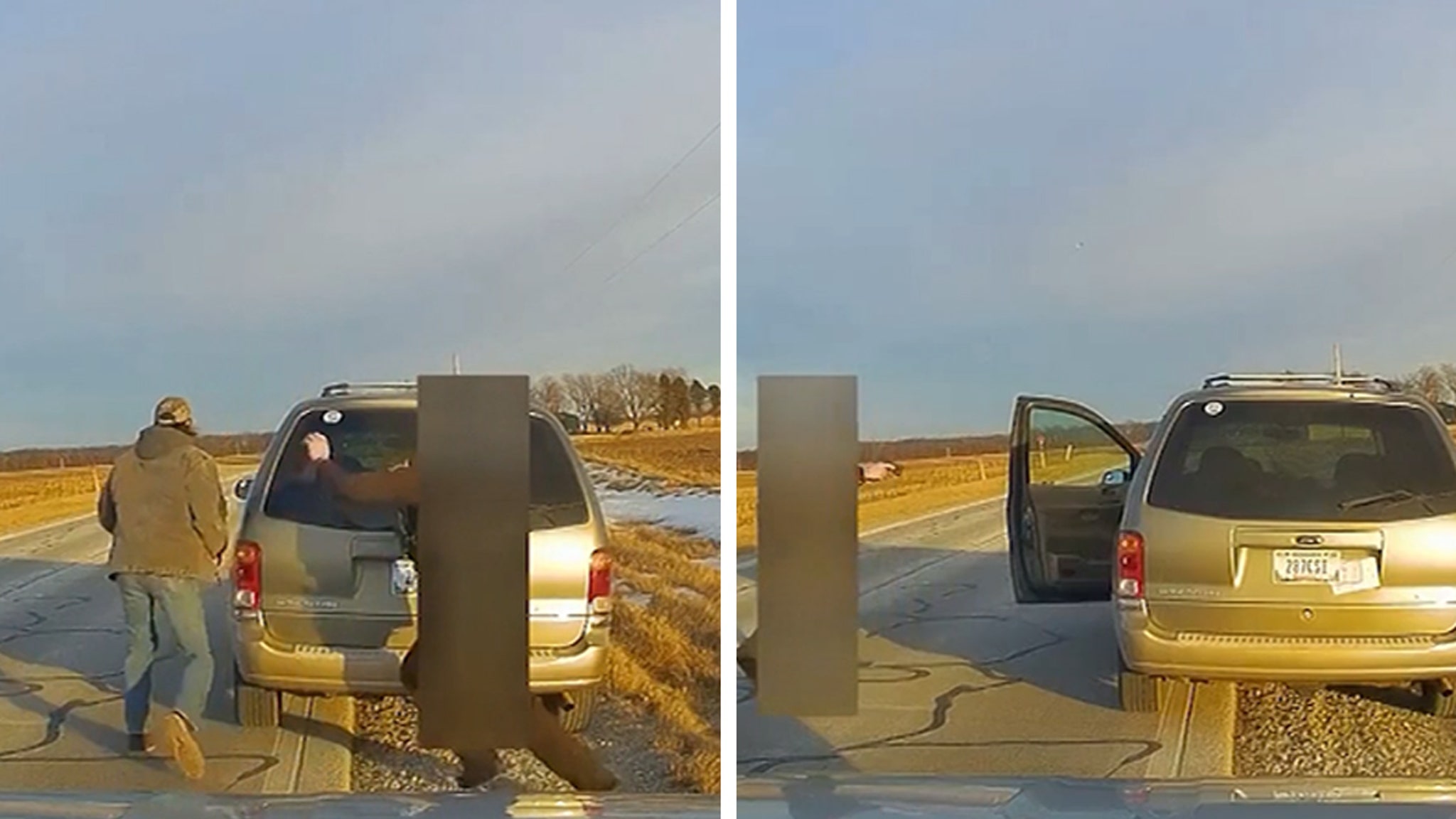Products You May Like
A man who had been pardoned by President Donald Trump for his involvement in the January 6 Capitol riots was recently shot and killed by a sheriff’s deputy during a tense encounter. The incident, which was captured on camera, unfolded after the man, identified as Matthew Huttle, threatened to shoot himself while in a conflict with the deputy. The deputy responded to the situation by firing multiple rounds, resulting in Huttle’s death.
The circumstances surrounding Huttle’s earlier pardon have drawn attention, particularly because it highlights the ongoing controversies connected to the events of January 6 and the subsequent legal and political ramifications for those involved. Huttle’s actions on January 6 had led to his criminal charges, but he was granted clemency by Trump, a move that has continued to provoke responses from various political groups and the public alike.
The altercation in Indiana escalated quickly, showcasing the often volatile nature of such encounters between law enforcement and individuals experiencing crises. The deputy’s decision to use lethal force in this scenario has sparked discussions about law enforcement protocols, mental health crisis interventions, and the training officers receive in handling situations where individuals may threaten self-harm.
This incident adds to the narrative of the complexities that arise in the aftermath of the Capitol riots, with many individuals facing severe legal consequences and others receiving pardons, leading to mixed reactions within communities and political circles. As more details emerge, there may be further investigations into the shooting itself and the broader implications of the events leading up to it, particularly in how law enforcement may adapt or respond in future incidents involving individuals with histories of violent or unstable behavior.
Overall, this tragic confrontation underscores the importance of addressing mental health issues and improving the strategies employed by police officers in crisis situations, while also reflecting on the far-reaching consequences of the January 6 events that changed the landscape of American politics and law enforcement responses.
